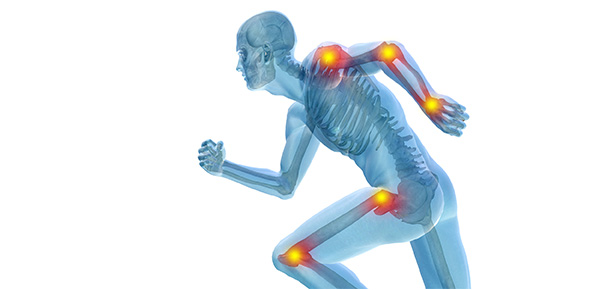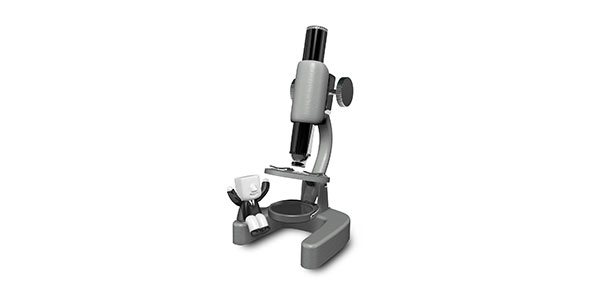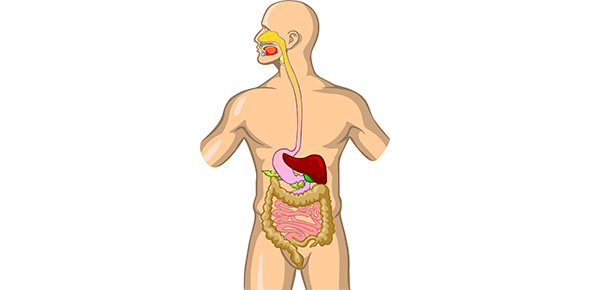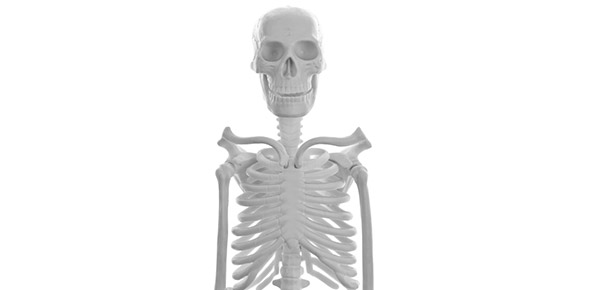Related Flashcards
Related Topics
Cards In This Set
| Front | Back |
|
What are tissues?
|
Collections of specialized cells and cell products that perform a limited number of functions.
|
|
What is the study of tissues called?
|
Histology.
|
|
List the 4 types of tissue types, and briefly describe them.
|
-Epithelial tissue: covers exposed surfaces, lines internal passageways and chambers. and forms glands.-Connective tissue: fills internal spaces, provides structural support for other tissues, transport materials within the body, and stores energy reserves.-Muscle tissue: specialized for contraction - includes the skeletal muscles of the body, the muscle of the heart, and the muscular walls of hollow organs.-Neural tissue: carries information, from one part of the body to another, in the form of electrical impulses.
|
|
Epithelial tissue is made of 2 components what are they?
|
Epithelia (singular-epithelium) & Glands
|
|
What are Epithelia?
|
Layers of cell that cover internal or external surfaces.
|
|
What are Glands?
|
Structures that produce fluid secretions - they are wither attached to or derived from epithelia.
|
|
Epithelia cover every exposed surface. List some of the layers it forms (e.x. surface of skin).
|
-Surface of skin-Line the digestive, respiratory, reproductive, and urinary tracts.-They line all passageways that communicate with the outside world.
|
|
Epithelia have (5) important characteristics. List what they are and briefly describe them.
|
-Polarity: Polarity - presence of structural and functional difference between the exposed (apical) and the attached (basal) surfaces.-Avascularity: Avascular - lack blood cells. Thus epithelial cells must obtain nutrients through diffusion or absorption (across the exposed or attached epithelial surface).-Attachment: The base of an epithelium is bound to a thin basement membrane or basal lamina - complex structure produced by the basal surface (of the epithelium) and the underlying connective tissue.-Regeneration: Damaged or lost epithelial cells are continuously replaced through stem cell divisions in the epithelium. (Rates of cell division and replacement are typically much higher in epithelia than in other tissue).-Cellularity: Cells are bound closely together by interconnections known as cell junctions.
|
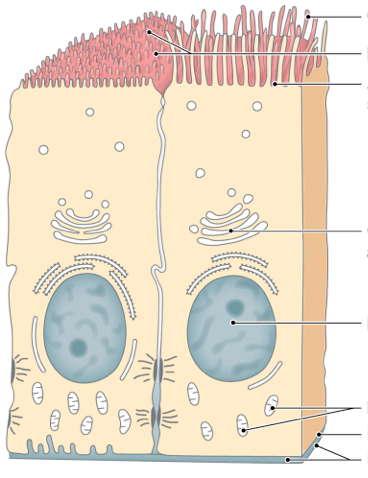 Label the diagram: |
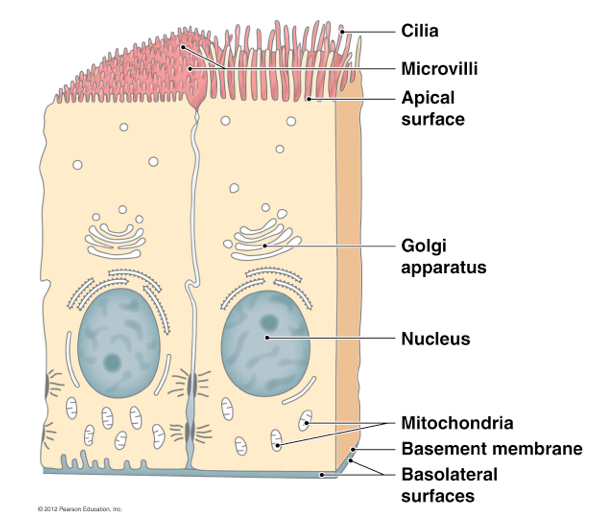 . |
|
Epithelia perform 4 essential functions. List them and briefly describe them.
|
-Provide Physical Protection: protect exposed and internal surfaces from abrasion, dehydration, and destruction.-Control Permeability: Any substance that enters or leaves your body must cross an epithelium. Many epithelia contain the molecular "machinery" needed for selective absorption or secretion. The epithelial barrier can be regulated and modified in response to stimuli.-Provide Sensation: Epithelia have a large sensory nerve supply. A neuroepithelium is an epithelium that is specialized to perform a particular sensory function; neuroepithelia contain sensory cells that provide the sensations of smell, taste, sight, equilibrium, and hearing.-Produce Specialized Secretions: Gland cells - epithelial cells that produce secretions. In a glandular epithelium most or all of the epithelial cell produce secretions, which are either discharged onto the surface of the epithelium (to provide physical protection or temperature regulation) or released into the surrounding interstitial fluid and blood (to act as chemical messengers).
|
|
What are the epithelial cells specialized for? (Hint: 3 things)
|
1. The movement of fluids over the epithelial surface, providing protection and lubrication.2. The movement of fluids through the epithelium, to control permeability.3. The production of secretion that provide physical protection or act as chemical messengers.
|
|
True or False.
Specialized epithelial cells generally possess a strong polarity. |
True.
|
|
The epithelial cell is often divided into two functional regions.What are they and briefly describe them.
|
1. The apical surface - where the epithelial cell is exposed to an internal or external environment.2. The basolateral surfaces - include both the base (where the cell attaches to underlying epithelial cells or deeper tissues) and the sides (where the cell contacts its neighbours.)
|
|
Many epithelial cells that line internal passageways have _____ on their exposed surface.
|
Microvilli.
|
|
Where are microvilli especially abundant on epithelial surfaces?
|
Where absorption and secretion take place, such as along portions of the digestive and urinary tracts.
|



